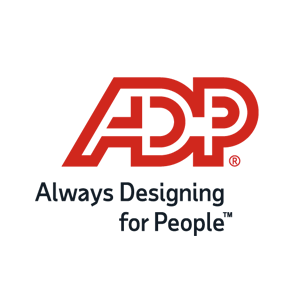How to Manage Payroll: Is DIY the Best Approach?

If you manage your own payroll, be sure to focus on these four critically important elements.
Most entrepreneurs do not start a business because they love managing payroll, but without it, a business simply cannot survive. Learning how to manage payroll is a hard task that many small business owners learn too late. Getting payroll done right can make a business more agile and, in turn, act more like a large organization.
Is DIY the Best Approach?
Like most small business owners, you likely started out on your own and cobbled together a payroll solution based on your particular skills and experience. When a business only employs a handful of people, DIY approaches might be sufficient for their needs. But any successful business will grow, and with growth comes other payroll-related tasks, including expansion and upgrading of systems and processes, investment in additional equipment for new employees and, inevitably, more and more of your precious time.
According to a 2018 survey conducted by the National Small Business Association (NSBA), only 45 percent of small business owners use a payroll service. Six percent spend in excess of 10 hours a month on payroll tax administration, while another 40 percent do payroll for 3 to 10 hours per month.
Payroll management involves much more than simply issuing checks to employees. You will have to handle employee benefits and other deductions, compliance, tax reporting and filing and workers' comp issues, to name a few. What about the time required to correct inevitable payroll mistakes? Those hours stack up — hours that could be better spent growing your small business.
If you feel you know how to manage payroll best for your business and favor a DIY approach, be sure to focus on these critically important elements of payroll management:
1. Update and maintain payroll records. You'll need specific information from each employee, including their Social Security number, benefit enrollment deductions, employee classifications, tax withholding amounts and any other relevant payroll data.
2. Review your data entry. Mistakes incurred through data entry plague businesses both large and small. Double-check your work to root out these potential errors.
3. Be compliant at all times. No small business owner actively wants to violate the rules of the IRS or a state tax commissioner. Part of managing payroll on your own involves strictly adhering to established deadlines, such as providing W-2s and 1099s to employees and subcontractors by the federal deadline of Jan. 31. You can avoid making costly payroll tax mistakes by establishing a foolproof system of deadline reminders.
Payroll Management Options for Your Growing Business
Sooner or later, most small businesses will outgrow their old DIY approach. Fortunately, numerous options are available to relieve small business owners of these time-consuming payroll management tasks. Such solutions include:
- Cloud-based technology for payroll processing, tax filing and HR services accessible via Web and mobile apps.
- Outsourced HR that handles payroll processing and benefits administration as part of a broader employee management solution.
- Outsourced CPA or accountant that can handle payroll and tax compliance tasks.
- Services and support packages that combine custom-built payroll software and outsourced expertise.
Learn more about payroll processing system options for your business.



